This Japanese Treat Is A Feast For The Eyes And Taste Buds
A fascinating demonstration in making wagashi
Hello, and welcome to the CulinaryWoman Newsletter! This is the first official issue of summer, and I am happy to see everyone joining us. Next week marks CulinaryWoman’s fourth anniversary.
It’s been so much fun to bring you stories about the fascinating world of food and the people involved in it. Remember that the newsletter is also available in podcast form if you’d rather listen than read. I post the podcast on Sunday afternoons.
This week brings something different from one of my favorite countries: Japan.
The Craft Of Intricate Japanese Sweets
Ann Arbor is a wonderful place for people of all ages, and especially for kids. We never ran out of things to do when I was growing up, whether it was music lessons, sporting events, musical performances or learning new crafts.
The Ann Arbor District Library has an extensive series of events during the summer that are interesting for all ages. Last week was Japan Week, with a program every day that focused on something Japanese.
As soon as I saw the listing for a wagashi demonstration, I immediately made plans to go.
Wagashi are intricate and colorful sweets that are sold in tiny shops, department store food halls, and often in tea rooms, where they are consumed with matcha, or green tea. Dating back hundreds of years, they are an element of a traditional Japanese tea ceremony.
The art of wagashi
Toshiko Sugii Steffes, a native of Japan, is a certified master in the art of wagashi. She now lives in Cleveland (she married an American) and gives demonstrations, lectures and has even written a book (you can order it from Amazon Japan).
She creates crystal jelly candy that she calls “edible jewelry” and some of them bring to mind the craftsmanship of Faberge. Her website is full of beautiful photographs.
Wagashi fall into three separate categories, and seem deceptively simple to make. The most familiar kind are nerikiri, crafted from a dough that is made from white bean paste, rice flour, sugar, and red bean filling, with different types of food coloring. If you have ever tasted mochi, the rice-flour based sweets, nerikiri are that same chewy consistency.
But the dough is only the starting point. In the library’s vast presentation space, adults and children watched in rapt attention as Toshiko-san showed how she conceives and creates each nerikiri.
She focused on a category that change according to the different seasons of the year, and are meant to reflect nature. These nerikiri come in the shape of flowers, such as cherry blossoms, or sakura, as well as Japan’s symbolic imperial flower, the chrysanthemum. Others represent the ocean, mountains, leaves of trees, and fruits.
The process starts with a small ball of dough, a little smaller than a golf ball. Toshiko-san left some of the dough in its natural white color, then added different hues to an accent piece. She formed the base for the sweet and then decorated it using a set of tools that included a multi-sided wooden pin, as well as carving blades.
Everyone laughed when she showed us a plastic spoon she found at Chipotle, which she said was perfect for making indentations. Some of her process was as simple as cutting ridges into the dough to represent petals.
But a chrysantemum required dozens of cuts using a tiny pair of tweezers to create the multiple miniature petals. She invited a group of children up to her work table to each squeeze out a petal.
Official government support
Watching Toshiko-san, I was reminded of the respect in Japan for artisan crafts. The government officially supports the tiny shops that you see everywhere in Tokyo and other cities. The idea is that these micro-businesses preserve Japanese culture and art forms.
Although major Japanese companies such as Toyota and Sony are known worldwide, small and medium-sized enterprises, or SMEs, employ 70 percent of the nation’s workers, according to the Japanese government. As in America, however, many struggle, and there have been widespread efforts to keep them afloat.
There’s a marketplace called ZenPlus that sells a wide variety of Japanese made goods, from food to fabrics and tableware. And, you can find a number of crafts people on Etsy and EBay, although it’s important to check authencity.
Judging by the warm reaction to Toshiko-san’s presentation, which she repeated in the evening, there’s definitely an interest in learning about traditions from other cultures, particularly the edible kind.
According to her website, she can create nerikiri for events and ship them across the U.S. Each comes in a small display box with a transparent cover, allowing you to admire it again before you eat it.
Japan Debates Dark Tourism
You may have recently heard about the convenience stores at the foot of Mount Fuji that have been overrun by tourists snapping selfies. One of them, a Lawson’s store, erected a barrier to block the scenic view.
Now, Japan has another issue on its hands: dark tourism. There has been a surge of visitors to the Noto Peninsula in central Japan, five months after the region was severely damaged by a major earthquake, according to Kyodo News.
Some people are there specifically to see the wreckage, which is gradually being cleared away, while others are there for humanitarian purposes. They’re able to reach the area because transportation networks have been restored.
The situation has drawn a mixed reaction. Some merchants and restaurant owners say they are happy for the business. But there has long been a cultural resistance to gaping at misfortune, what we might call “looky-loos” in the west.
Still, experts say that the more people who view the damage, the faster it might be repaired.
Farewell To A Famous Arby’s
For 55 years, a giant Arby’s cowboy hat sign at 5920 Sunset Boulevard served as an unofficial Welcome to Hollywood landmark. It was a retro welcome in a city that still holds on to its cowboy roots, according to SF Gate.
Jerry Seinfeld stopped there in 2019 to film an episode of “Comedians in Cars Getting Coffee.” Zach Galifianakis spent hours there (and even served people at the drive-thru) for his FX comedy “Baskets.” Jon Stewart has been making fun of this location, and Arby’s at large, on television for more than a decade.
Now, the restaurant has closed and the big sign has been turned off. “It’s been a great run,” Gary Husch told SFGATE on Monday. His in-laws, the Levitons, had owned the Arby’s location since 1969. “It’s been hard and, you know, bittersweet.”
He doesn’t know what will replace it, but if you want to take a photo of the sign before it’s gone, you’d better hurry.
Red Lobster’s Hastening Spiral
It’s been one revelation after another since Red Lobster officially filed for bankruptcy on May 19. The seafood chain, which has already closed 93 restaurants, said in a recent court filing that it cannot pay the leases on dozens of others, meaning it may wind up closing as many as 228 restaurants.
Meanwhile, a lawsuit has been filed in California on behalf of employees there, saying they are owed 60 days worth of pay and benefits because they did not receive advance notice that their restaurants would close.
Bids for the remains of Red Lobster are due in a Florida bankruptcy court on July 19. It is set to decide the winner on July 29.
Keeping Up With CulinaryWoman
I am heading up north this week to speak to the Bay View Association on Wednesday. You can order tickets here. I’m part of Bay View’s Made In Michigan week, and I’m looking forward to seeing everyone.
If you are interested in having me give a talk about my book or another topic, feel free to get in touch. You can reach me at culinarywoman (@) gmail dot com.
I’ll be back tomorrow with Red Beans & Advice for paid subscribers. I’ll tell you how Jacques Pepin has become an adorable video star on social media.
Stay cool and see you soon.

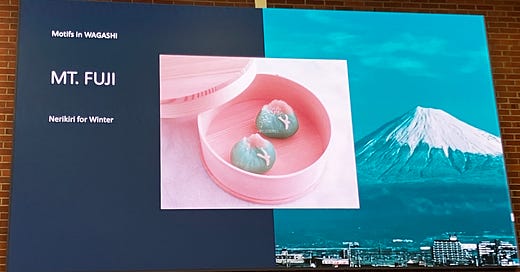



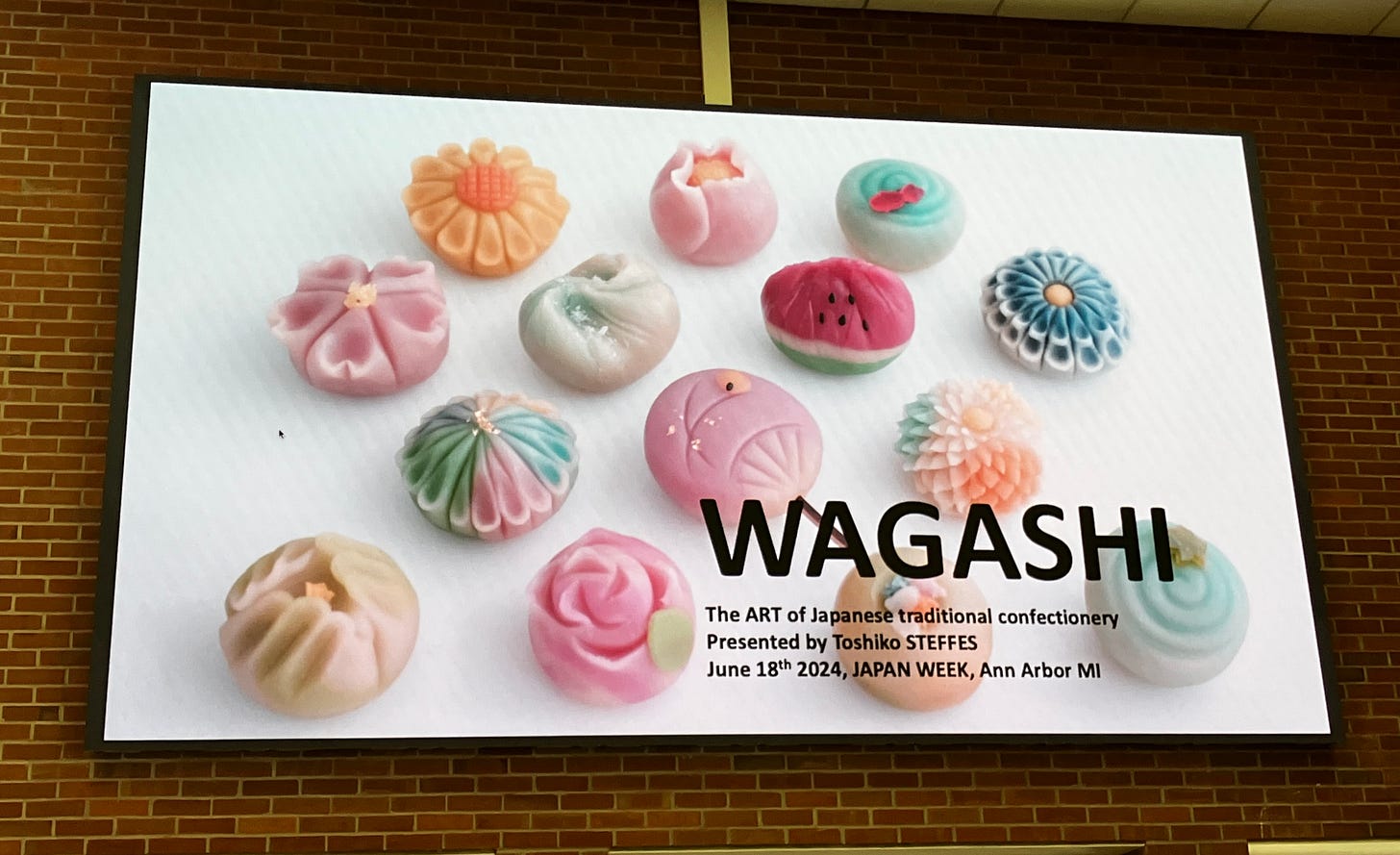
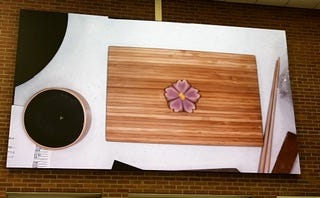


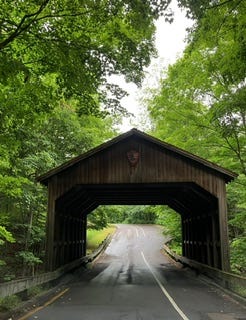
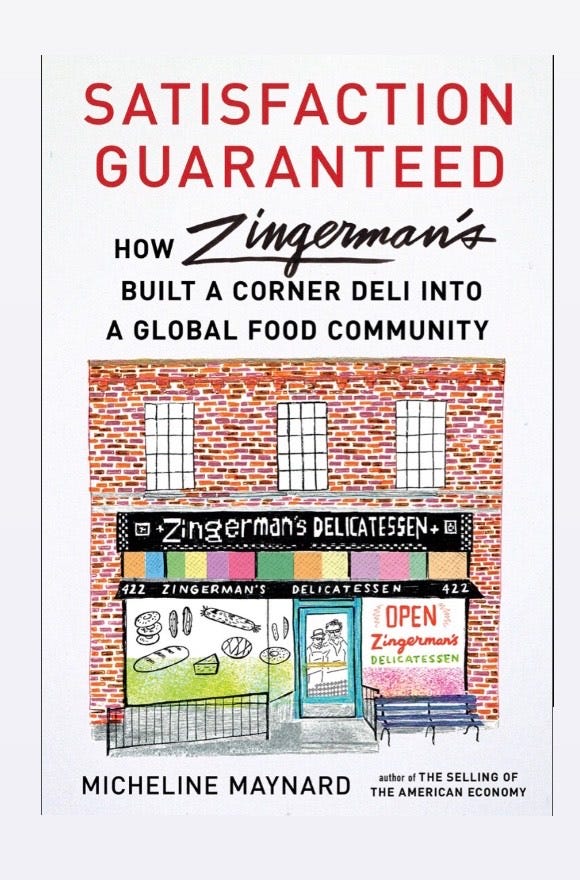
I read Arby’s is closing all of its California locations due to the new minimum wage for fast-food employees of $20/hour.